daniel@udk-berlin.de
presented at
Studium Generale / Theorie / Wissenschaften
Introduction
Formalities
who am I
who are You
is this a course for You ?
credits (2 ECTS for >75% attendance, +1 for referat/experiment)
Hausarbeit possible
need help ? (tutor: a.terzieva@udk-berlin.de)
Leistungsnachweis
signature-related issues
Smartphone & Feedback box
Matrix room
https://medienhaus.udk-berlin.de/classroom
and subsequently join the course (#edu-psyche) room:
https://medienhaus.udk-berlin.de/classroom/#/room/#edu-psyche:medienhaus.udk-berlin.de
(or install matrix client apps like Element or Fluffychat and put "medienhaus.udk-berlin.de" as homeserver)
Context
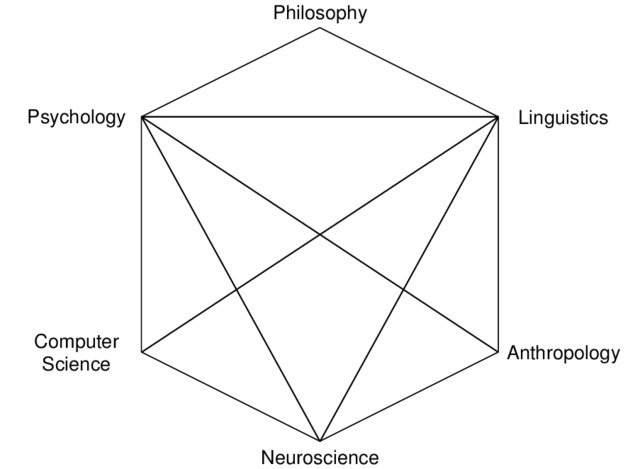
Goal
Question
Take a pen and piece of paper (or ask Your neighbor if You can borrow it)
Ask Yourself a question: "Does soul exist ?"
Wait a while (cca 3-5 inhale-exhale cycles)
Write the answer - either YES or NO - on the paper
Put the answer into feedback box
Glossary
Soul
[Dictionary and Etymology]
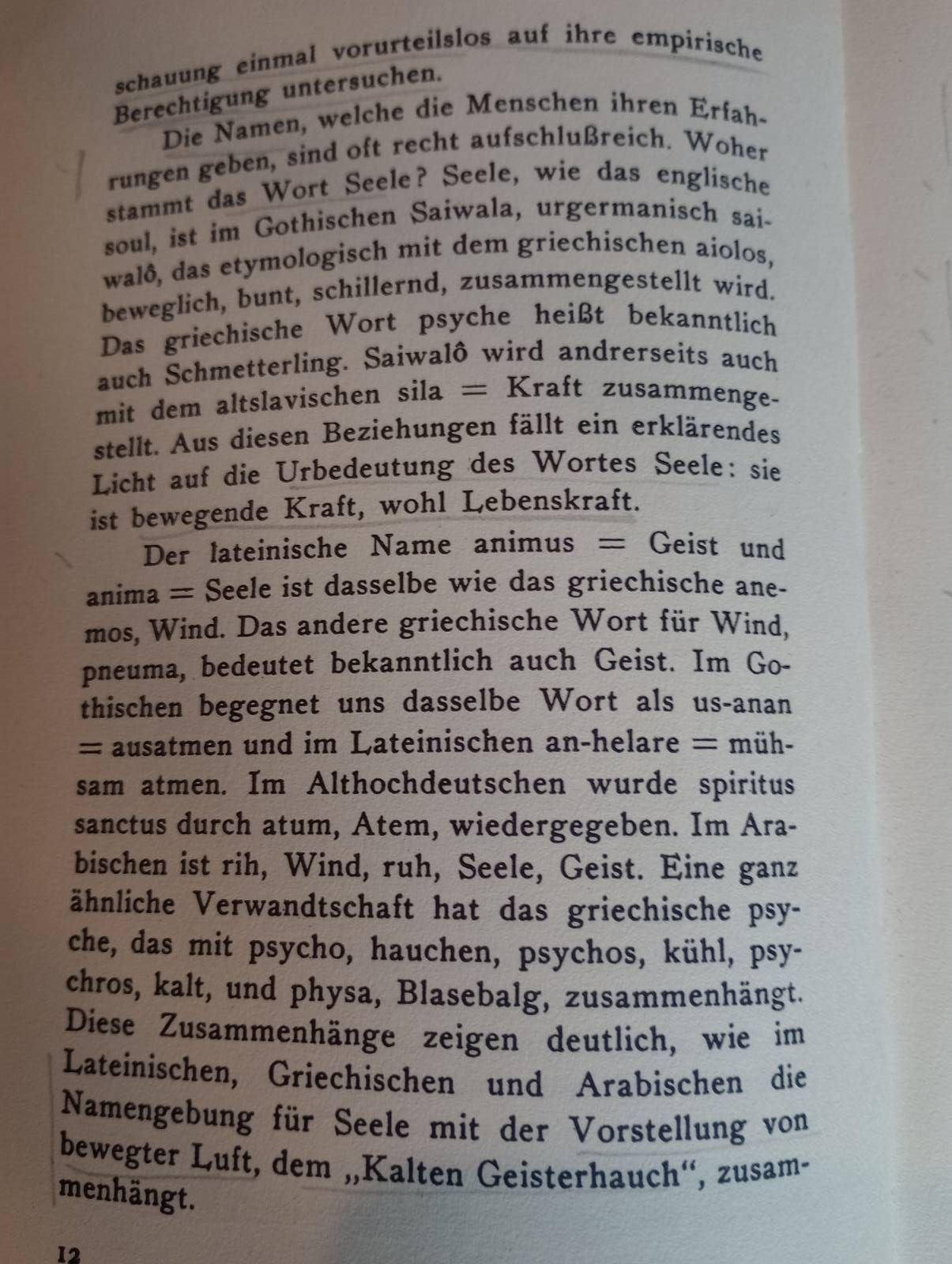
ψυχή = PSYCHE

Antonio Canova: Amor und Psyche, Paris, Louvre (1793)
life
departed spirit, ghost
conscious self, personality
butterfly
main character of epos Eros & Psyche
Anima
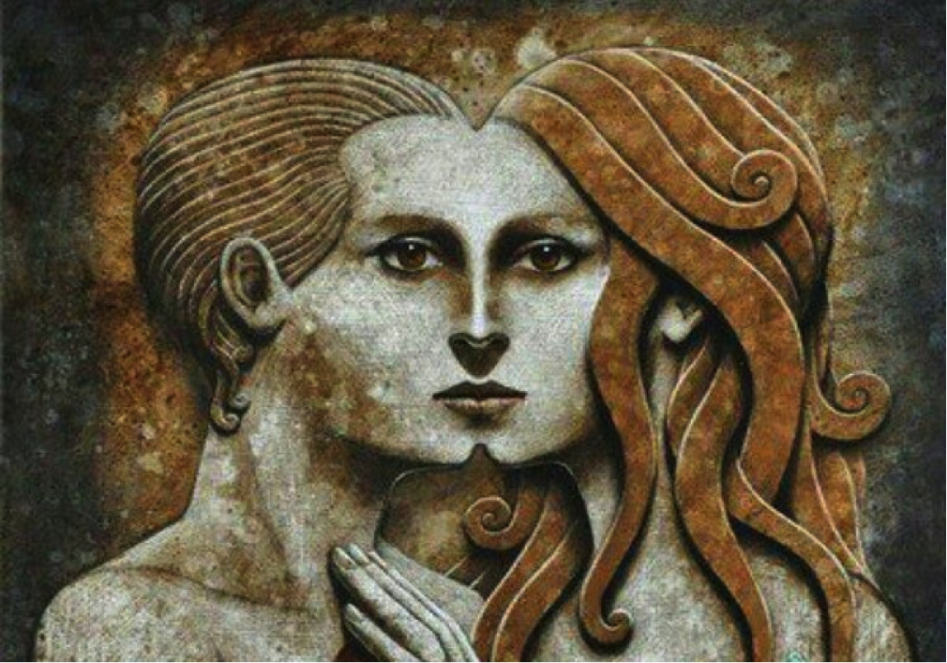
Latin translation of the greek word PSYCHE.
The soul or animating principle of a living thing.
In Jungian psychology: Unconscious feminine aspect of the person.
Libido
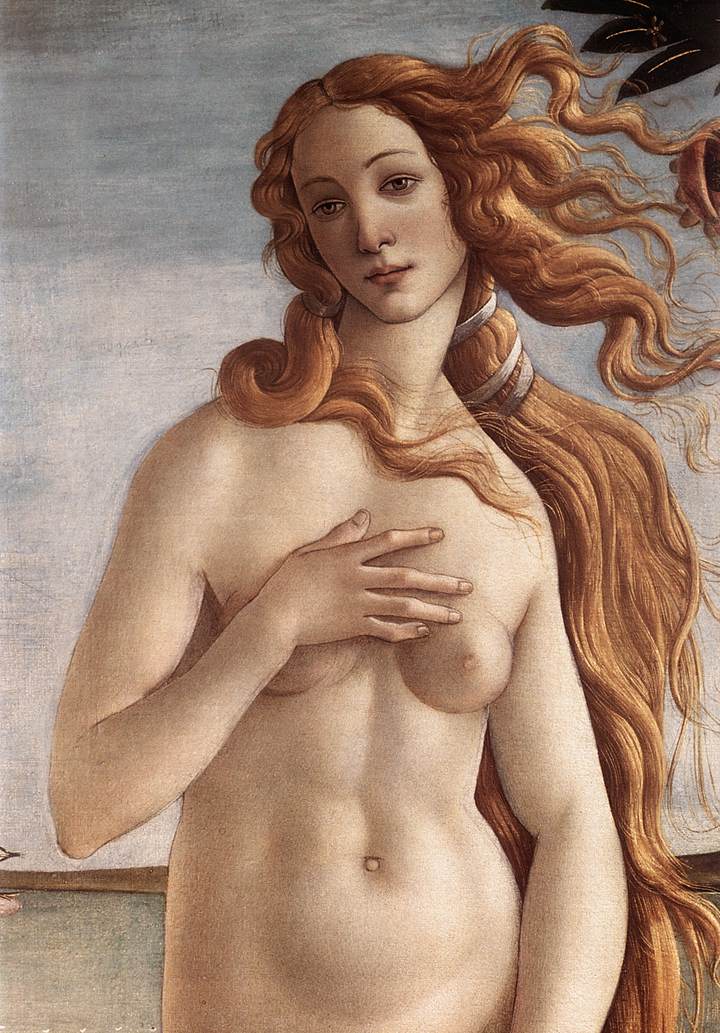
The Birth of Venus / Venus Pudica by Sandro Botticelli (1486)
Archetype
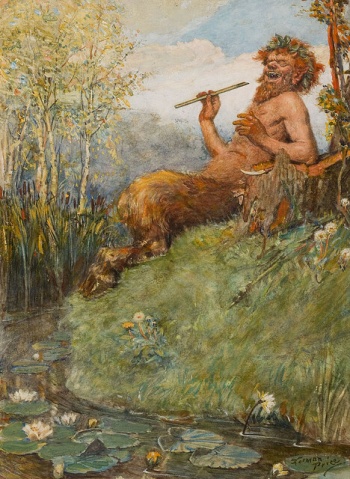
depiction of Pan / Trickster Archetype
das Selbst
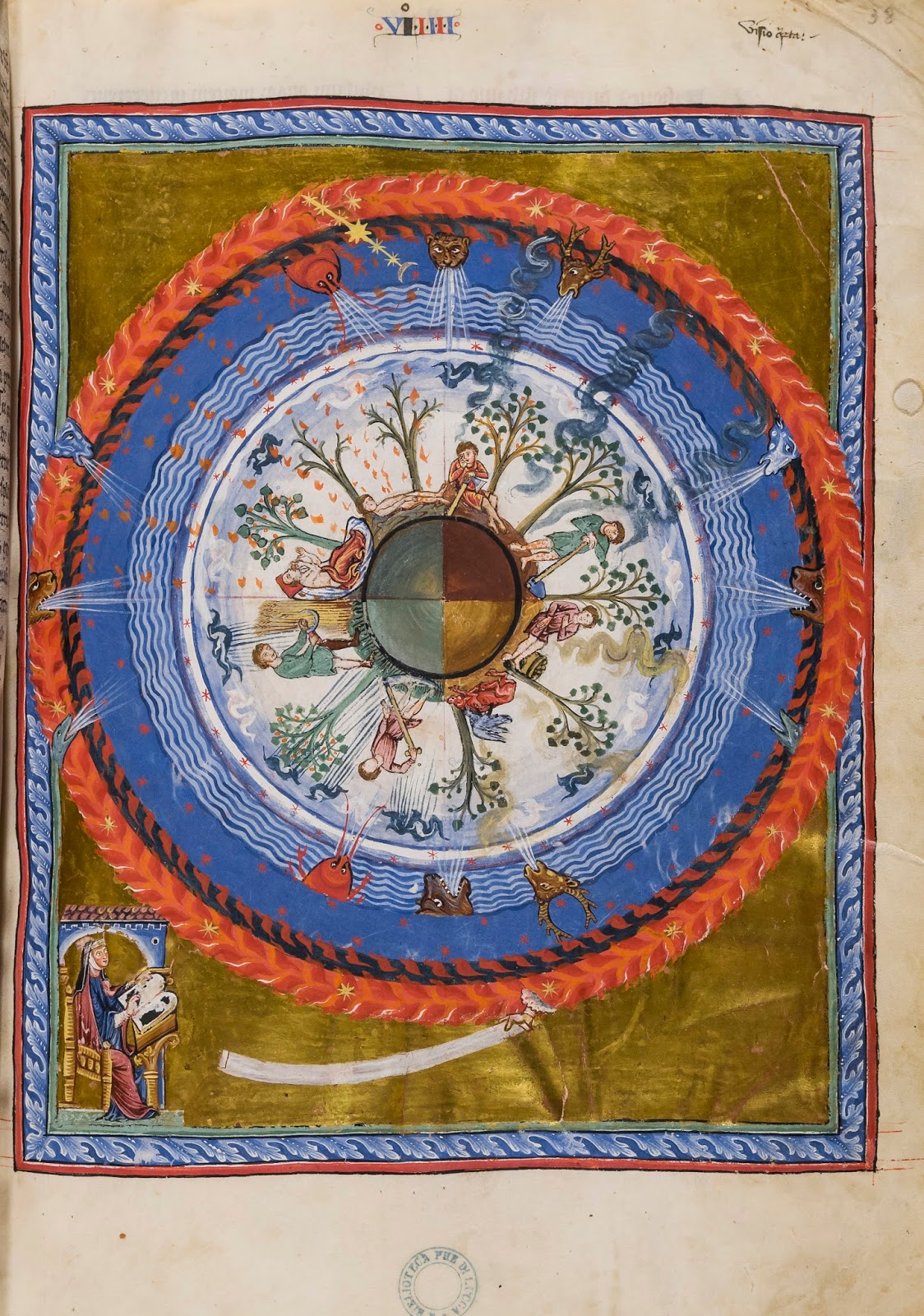
Liber Divinorum Operum by Hildegarde von Bingen (early 13th century)
das Unbewusste
.jpg)
Die Nacht (1890) by Ferdinand Hodler
Individuation
,_RP-P-OB-11.705.jpg)
Albrecht Dürer’s "Melencolia I" (1514)
Note: Individuation is not isolation but differentiation—developing a unique identity while remaining connected to and with the collective.
Student Intervention
Referats
Soul in judaic and islamic traditions
Emma Jung - On the Nature of the Animus and the Anima & The Anima as an Elemental Being
Sabina Spielrein - Destruction as the Cause of Coming Into Being - TAKEN
Eros and Tanathos in Era of Artificial Intelligence - TAKEN
contribution to Atlas of Archetypes and Animal Spirits
Psychotherapeutic method / approach of Your choice
The Red Book - TAKEN
Experiments
Mythology
Warmup Exercise
Group 5
matryoshka
not material ? how to materialize it ? is it soft / does it break ?
soul can be (not be) influenced by experience
where is the soul ? (in whole body ? in head ? in heart?)
Group 4
supposed to represent the Core
as a metaphysical existence, something very crucial
what the person "really" / "objectively" IS
person's way to go beyond
Group 3
bridge between the one that sees and what is being seen
the whole is the ocean, the individual is the droplet
more abstract, not something You can fit into logical pattern, it's about experience of yourself and the world
when words soul comes up there is the ghost of something even higher
Group 2
housed by the body
there's physicality to it (the soul)
soul only exists when we believe it and feel it
Group 1
split - some people believe, some not, some unsure
lot of questions, no answer
can one have soul if You are not conscious ?
the essence of something, that's what makes something uniquely that - sorbian fable about the frog
don't believe in soul as something individual, tends to define it as something collective / floating
something given to animals to define feelings
doesn't exist
??? mind / consciousness ??? ant or bee HOPEFULLY has soul
Proto-psychological terms of ancient India
Vṛtti (वृत्ति) – Fluctuations of the mind (thoughts, emotions, perceptions); most dynamic and gross.
Saṁskāra (संस्कार) – Latent impressions or mental habits left by past vṛttis.
Manas (मनस्) – The sensory mind, coordinating input and response; "inner instrument" of perception.
Citta (चित्त) – The storehouse of impressions, conscious, subconscious and unconscious mind.
Buddhi (बुद्धि) – Intellect, faculty of discernment, reason, and decision-making.
Ahaṁkāra (आहंकार) – Ego-identity, the sense of "I am this body/mind/personality" & "I do this".
Aham (अहम्) – The primordial I-sense, pure self-reference, "the strange loop" symbol.
Jīva (जीव) – The embodied self, individual, distinct soul undergoing experience, transformation and change.
Ātman (आत्मन्) – The true Self, pure consciousness, transcendental soul, unchanging, infinite, witness of all.
Vrittis - Manas - Chitta
Vṛttis are mental waves — thoughts, emotions, memories, and perceptions constantly rising and falling. Cognitive events (thoughts, perceptions, emotions) / contents of working memory.
Manas is the part of the mind that collects sensory data and handles attention — like a gatekeeper deciding what to focus on. Working memory / attention / sensory integration.
Citta is the overall field of mind-stuff: it stores memories, habits, and deeper patterns. Long-term memory / unconscious processing.
If the mind were a lake, vṛttis are the ripples, manas is the surface movement reacting to wind, and citta is the deep water reflecting everything.
Buddhi (बुद्धि)
The capacity to discriminate, reason, judge, and make decisions. It evaluates inputs from manas and chooses a response.
Cognitive Science Correlates: Executive function / decision-making / Analytical reasoning /Cognitive control & inhibition
Ahamkara (आहंकार)
The function that identifies the pure “I” (aham) with thoughts, roles, body, emotions — forming the personal identity and ego. It says “I am this.” and "I do".
Cognitive Science Correlates: Narrative self / autobiographical identity, Self-concept and ego structure, Ego-identification / default mode network (DMN) activity
Aham (अहम्)
Definition: The bare, pre-reflective sense of being a subject — “I am.” Not yet identifying with roles or narratives .
Cognitive Science Correlates: Minimal self / self-referential consciousness, First-person perspective, Sense of agency
Atman (आत्मन्)
The deepest layer of identity — pure awareness, witness of all experiences, beyond mental content and roles. In some philosophical traditions equivalent to substrate of the universe.
Cognitive Science Correlates: Pure consciousness / background awareness, the ultimate substrate
Jiva (जीव)
"That which lives" or "the living being"
Jīva is the individualized expression of consciousness that experiences and engages with the world as a distinct center of awareness. Localized, embodied soul undergoing experience and change.
Bhagavadgita
soul cannot be destroyed
soul changes bodies like garments
soul is eternal
Myth of the Androgyne

Myth of the Androgyne
Does this Platonic myth appear in current art, culture ?
Is it somehow relevant to You ?
With which psychological concepts which were already introduced could be this myth associated ?
Eros and Psyche
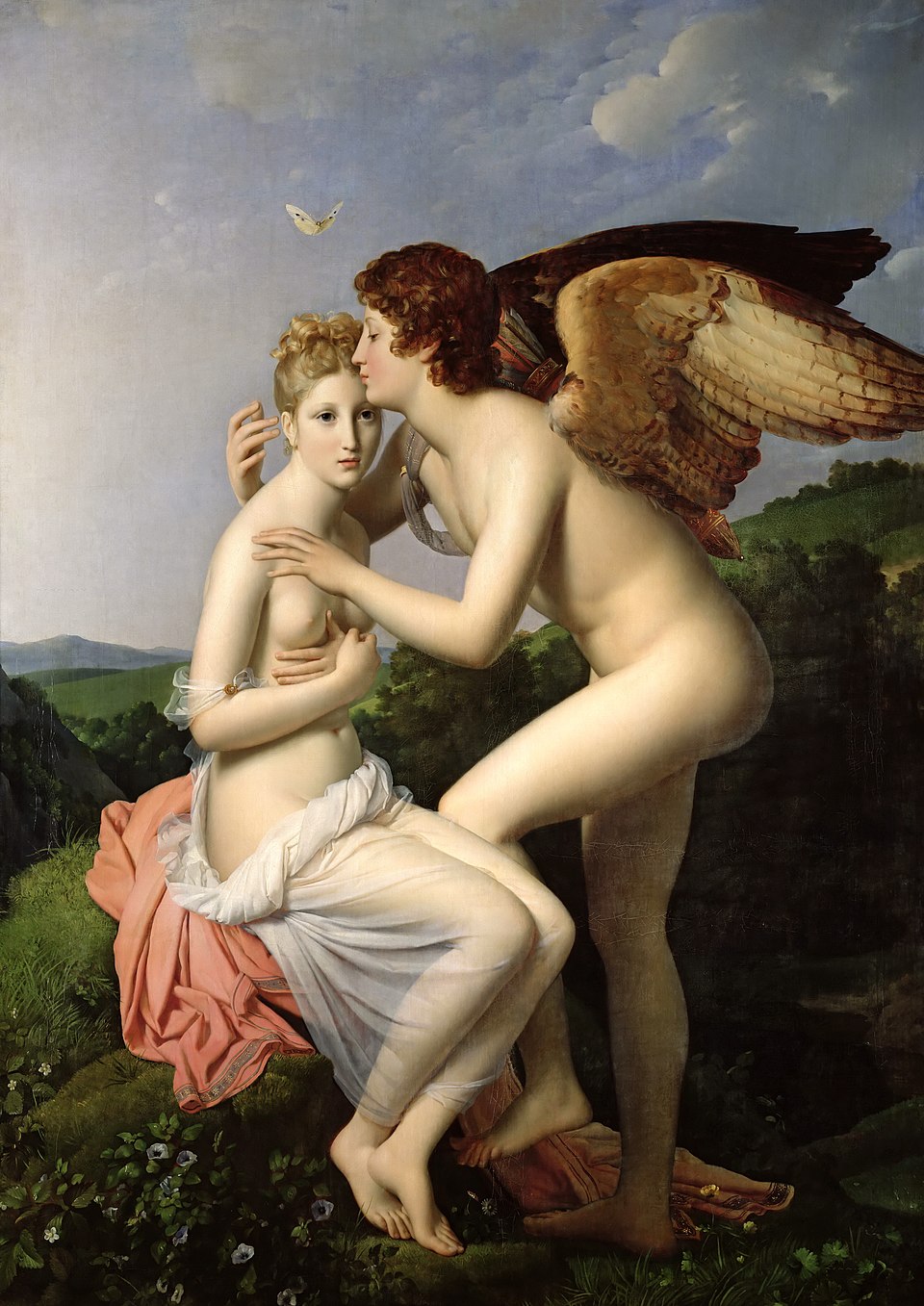
Psyche Receiving Cupid's First Kiss (1798) by François Gérard

